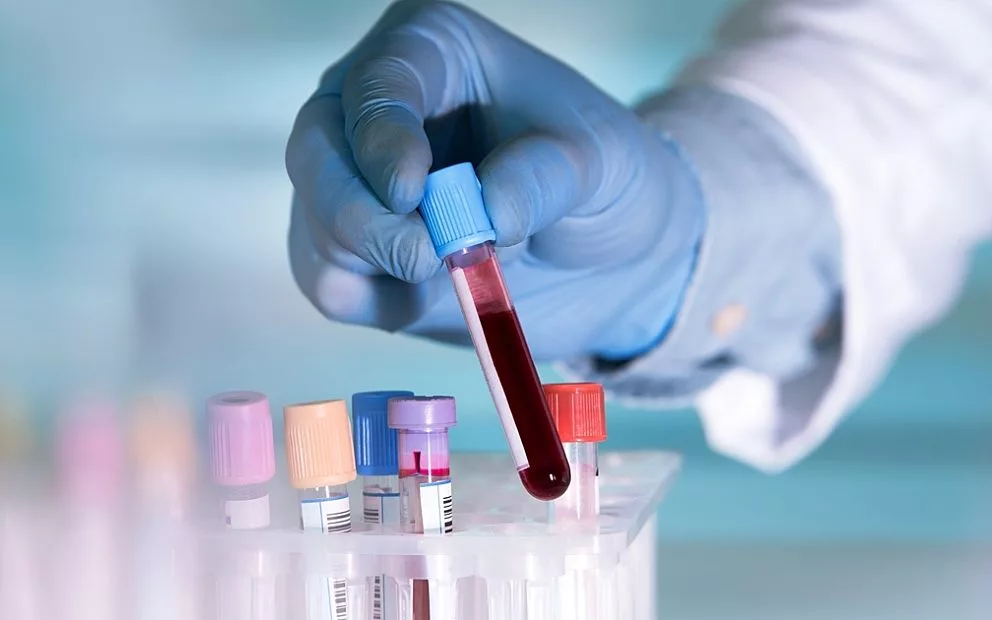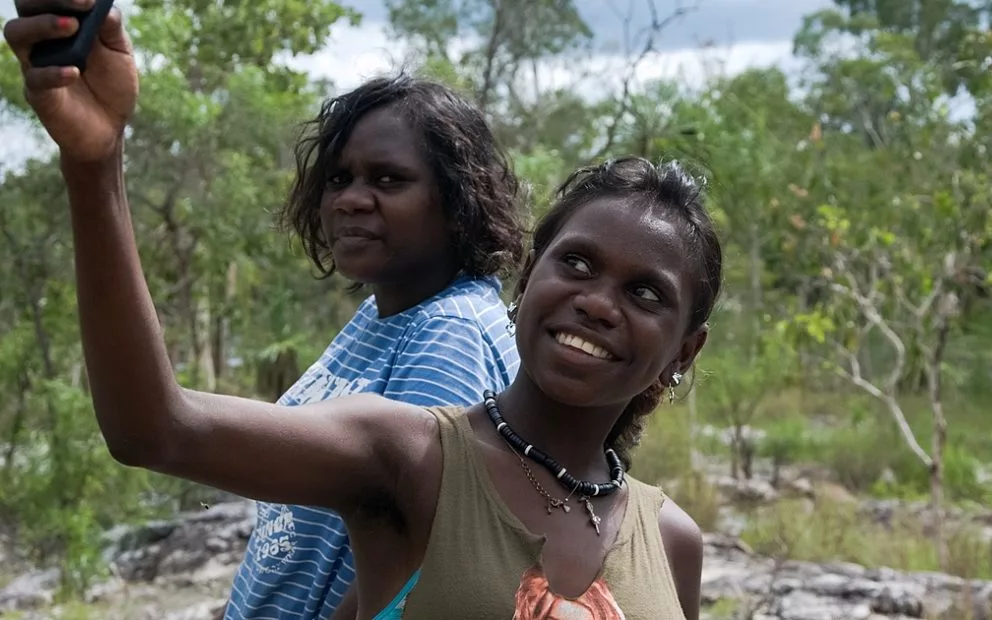Alarming rates of syphilis and other sexually transmitted infections in Indigenous communities - in some cases up to 132 times the national average - have prompted a call from within the government for urgent action and emergency funding.
The latest data, presented to the Turnbull government as part of the push, shows Indigenous people remain markedly more susceptible to STIs, particularly in remote areas, with growing concern the diseases are acting as a gateway to HIV.
A syphilis outbreak in northern Australia caused the number of diagnoses Australia-wide to rise to 2736 in 2015, with 16 per cent of those among Aboriginal people. The rate was six times higher than for non-Indigenous people, and up to 132 times higher in remote areas.
Gonorrhoea diagnoses stabilised at 626 per 100,000 Indigenous people in 2015 - 10 times higher than the general population, and up to 72 times higher in remote areas. Nearly 20 per cent of all cases were among Indigenous people, with Indigenous status unknown in another 36 per cent.
"It's a national shame," said Associate Professor James Ward at the South Australian Health and Medical Research Institute. He has presented the data to the government and helped design the action plan now under consideration.
"There's just a huge disparity between the two populations," he said. "Unless we get some additional resources into this area, we'll never be able to bring this under control."
At a Senate estimates hearing on Friday, the Department of Health acknowledged rates of STIs were "ever increasing" and conceded several federally-funded programs had failed over many decades.
Liberal senator Dean Smith, who chairs a parliamentary liaison group on the issue, believes he is close to securing a $24 million commitment to fund a three-pronged attack on STIs in Indigenous communities.
It would target syphilis elimination, HIV prevention and health education. In particular, a $5.85 million Syphilis Epidemic Outreach Team would dramatically ramp up the provision of screening for syphilis in areas that have seen a dramatic spike in diagnoses.
"It would be all too easy to ignore the very real challenges facing Indigenous young Australians in the context of their sexual health and wellbeing," Senator Smith said.
"As worthy as Closing the Gap initiatives are, sexual health indicators such as STIs and HIV rates are absent. I'm hopeful the government will agree to urgent action to deal with the problem."
Experts are particularly concerned that burgeoning rates of sexually-transmitted diseases could result in a prolonged rise in HIV cases among Indigenous Australians, which the data shows is already under way.
There was a "clear divergence" in HIV notifications, Professor Ward said, with cases increasing among Indigenous Australians despite being steady or even declining in the non-Indigenous population.
There were 38 new cases of HIV among the Indigenous population in 2015, double the rate of the general population, Kirby Institute data showed.
The problem also extended to the most common STI in Australia, chlamydia. Of the 66,000 new cases in 2015, nine per cent were recorded as Indigenous - but Aboriginal status was unknown in half of all cases.
Professor Ward described it as a "forgotten epidemic". While there had been significant effort to tackle rates of diabetes, heart disease and cancer in Indigenous communities, STIs had "really been left off the agenda".
"I think it's in the too-hard basket," he said. "This area of Aboriginal health has been severely under-funded. The time's right to do it."
A spokesman for Indigenous Health Minister Ken Wyatt confirmed the government would evaluate the proposal and was committed to addressing disproportionately high rates of STIs and blood-borne viruses in Indigenous communities.
Source: The Kirby Institute UNSW



